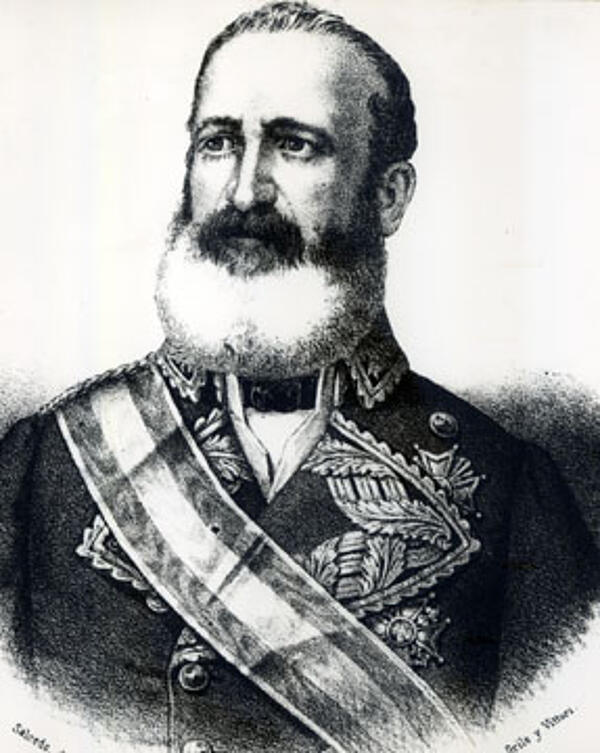Spanish liberalism in the Philippines
The Spanish Revolution was concluded in 1868 with the success of the Liberals, and with the deposition of the Queen. As a result, the political environment in Spain shifted dramatically and it wasn’t long before this filtered over to the Philippines.
Before long, soldier Carlos María de la Torre arrived and took over the role of governor-general, a role he held between 1869 and 1871. Records suggest Torre was one of the most loved of the governor-generals, due to the reforms and more liberal laws he put in place in the archipelago.
One of these reforms included the establishment of the Guardia Civil, which delivered military force where necessary. He also gave amnesty to rebels, relaxed the rules on media censorship and began to tackle the secularisation of education.

Torre was so popular that just a few weeks after his arrival on the islands his many supporters, including prominent figures of liberalism Padre Burgos and Joaquín Pardo de Tavera, decided to serenade him in front of the Malacañan Palace.
Sadly, it wasn’t long before liberalism in Spain was challenged, which sent ripples across the Spanish empire and resulted in a change in fortunes for the Philippines. In March 1972, the Bourbon Restoration in France and subsequent removal of liberals from power resulted in Torre being removed from power.
He was quickly replaced by Governor-General Izquierdo, who later became known for his propensity to rule with an iron fist and his radically contrasting views to his predecessor.
MLA Citation/Reference
"Spanish liberalism in the Philippines". HistoryLearning.com. 2025. Web.
